Plantar Pressure Distribution Testing Devices Make Shoe Design More Tailored to the Feet
Shoes are more than just a fashion statement—they’re a critical factor in ensuring comfort, posture, and overall foot health. However, finding the perfect pair of shoes that fit like a glove is easier said than done. Thanks to advancements in technology, plantar pressure distribution testing devices are revolutionizing how shoes are designed. By providing detailed insights into how feet interact with the ground, these devices are enabling footwear manufacturers to create designs that cater to diverse foot shapes, sizes, and movement patterns.
In this article, we’ll explore how plantar pressure distribution testing devices are reshaping the footwear industry, making shoe design more personalized and effective than ever before.
What Are Plantar Pressure Distribution Testing Devices?
Plantar pressure distribution testing devices are specialized tools that analyze the pressure distribution across the sole of the foot during various activities such as standing, walking, and running. These devices use sensors to capture real-time data, helping to identify pressure hotspots, gait patterns, and imbalances.
While these tools were initially used in medical and sports settings, they are now making waves in the footwear industry by providing data that enhances shoe design and customization.
The Role of Plantar Pressure in Footwear Design
To understand why plantar pressure distribution data is essential for shoe design, let’s delve into the anatomy of a good shoe fit:
Pressure Distribution
Uneven pressure distribution can lead to discomfort, foot pain, and even long-term issues like bunions or plantar fasciitis. Shoes that accommodate a person’s unique pressure map can mitigate these risks.Arch Support
Feet come in different shapes, from high arches to flat feet. Pressure data helps designers create shoes that offer the right level of arch support for different individuals.Gait Analysis
Gait patterns vary greatly between individuals. Understanding these patterns helps designers craft shoes that align with natural movement, reducing strain and injury risk.Cushioning and Shock Absorption
Identifying pressure points ensures cushioning is placed in the right areas, enhancing comfort and shock absorption.
How Plantar Pressure Devices Enhance Shoe Design
1. Custom Insoles and Orthotics
Using data from plantar pressure testing devices, manufacturers can create custom insoles that cater to an individual’s specific needs. These insoles provide targeted support and improve overall comfort.
2. Better Fit Across Sizes
Standard shoe sizes don’t account for variations in foot shape. Plantar pressure data enables designers to develop size ranges that accommodate different foot widths, arch heights, and pressure distributions.
3. Performance-Driven Designs
For athletes, pressure testing devices help identify how shoes impact performance. Designers can tailor shoes to enhance speed, stability, and endurance.
4. Injury Prevention Features
Data from these devices highlights areas prone to stress or pressure, allowing manufacturers to integrate features that reduce the likelihood of injuries.
5. Material Optimization
Pressure data can guide the selection and placement of materials, ensuring durability and flexibility in areas that need it most.
Real-World Applications
1. Sports Footwear
Sports brands are leveraging plantar pressure data to create performance-enhancing shoes for athletes. For example, running shoes with optimized cushioning reduce impact forces, while soccer cleats with tailored traction improve control and agility.
2. Medical Footwear
Individuals with conditions like diabetes or arthritis benefit from shoes designed using plantar pressure data. These shoes minimize pressure on sensitive areas, preventing complications like ulcers.
3. Everyday Comfort
Even for casual wear, pressure analysis ensures that shoes offer maximum comfort throughout the day, making them suitable for all-day use.
4. Children’s Shoes
Growing feet need special attention. Plantar pressure devices help in designing shoes that support healthy development and reduce the risk of foot problems later in life.
Challenges in Implementing Plantar Pressure Data
While the benefits are clear, incorporating plantar pressure testing into shoe design comes with challenges:
Cost
The technology required for pressure testing can be expensive, making it less accessible for smaller manufacturers.Complex Data Analysis
Interpreting plantar pressure data requires expertise, which can be a barrier for companies without specialized teams.Consumer Awareness
Not all consumers understand the importance of plantar pressure in shoe design, which can affect demand for such specialized footwear.
The Future of Shoe Design with Plantar Pressure Devices
The future is bright for plantar pressure distribution testing devices in the footwear industry. Here’s what we can expect:
Mass Customization: Advances in technology will make custom shoe designs accessible to a broader audience.
Integration with Wearables: Footwear that monitors real-time pressure and adjusts dynamically for optimal comfort.
Sustainability: Pressure data will guide material use, reducing waste and promoting eco-friendly practices.
Collaborations Across Fields: Partnerships between podiatrists, designers, and tech experts will lead to innovative footwear solutions.
Plantar pressure distribution testing devices are revolutionizing the way shoes are designed, moving the industry towards a future where footwear is as unique as the individuals who wear it. By addressing specific needs and providing unmatched comfort, these devices ensure that every step you take is supported, balanced, and pain-free.
Whether you’re an athlete aiming for peak performance, a professional seeking all-day comfort, or someone with specific foot health needs, shoes designed with plantar pressure data are a game-changer. As this technology becomes more widespread, the dream of finding the perfect pair of shoes tailored to your feet is closer than ever before.

 +86-0755-86131192
+86-0755-86131192 2024-12-25
2024-12-25 Back to list
Back to list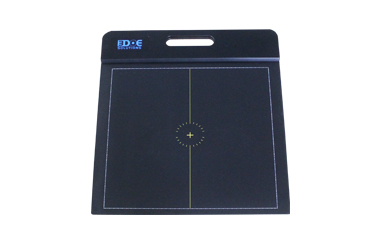
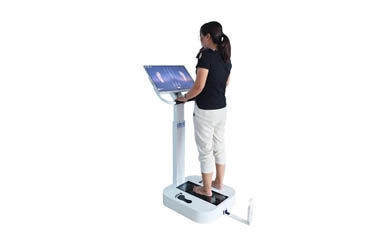
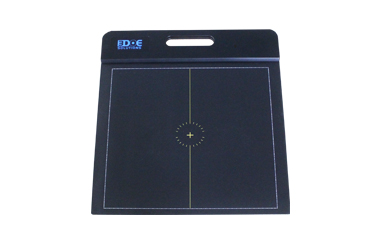
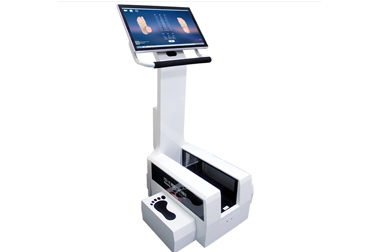
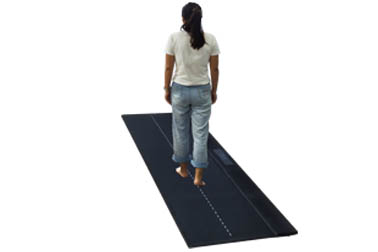
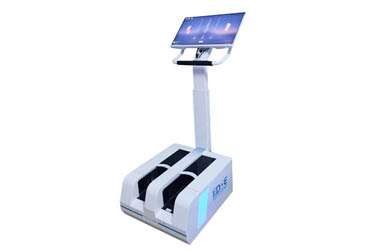



 +86-0755-86131192
+86-0755-86131192